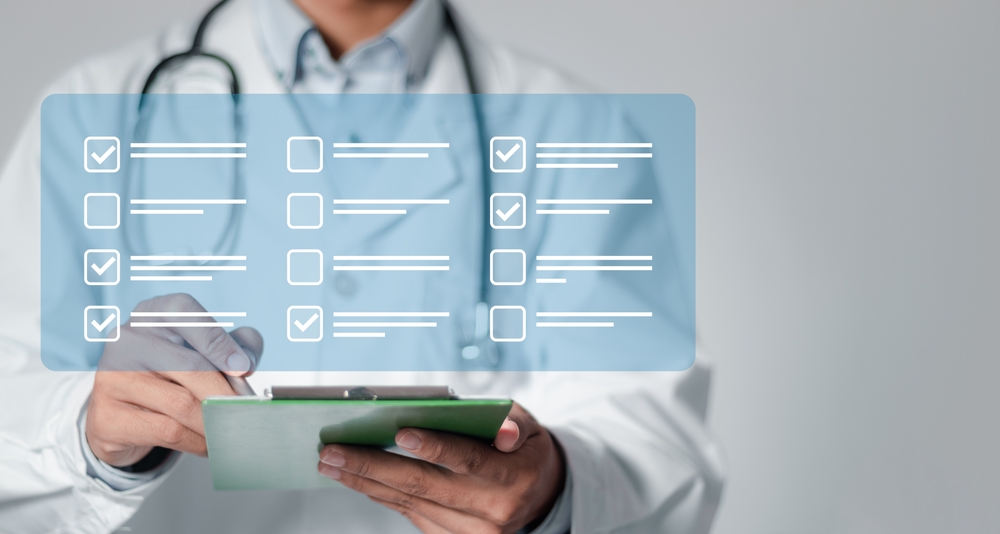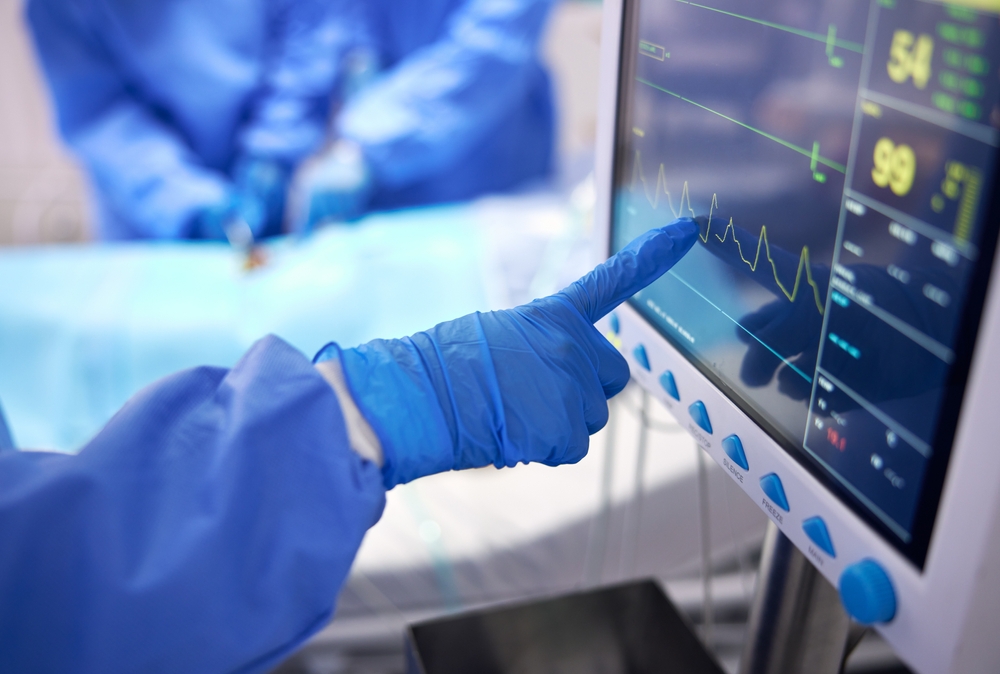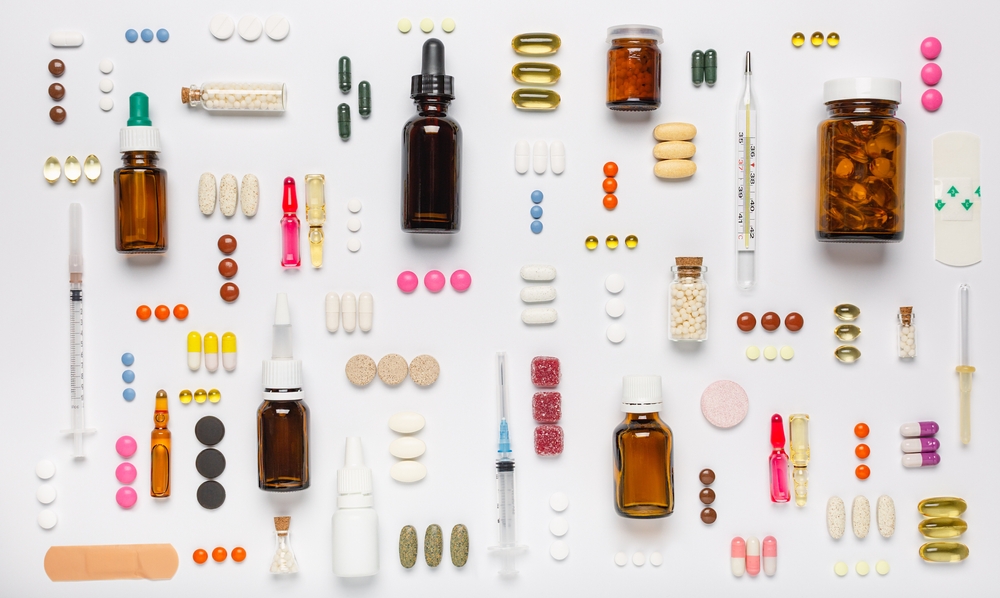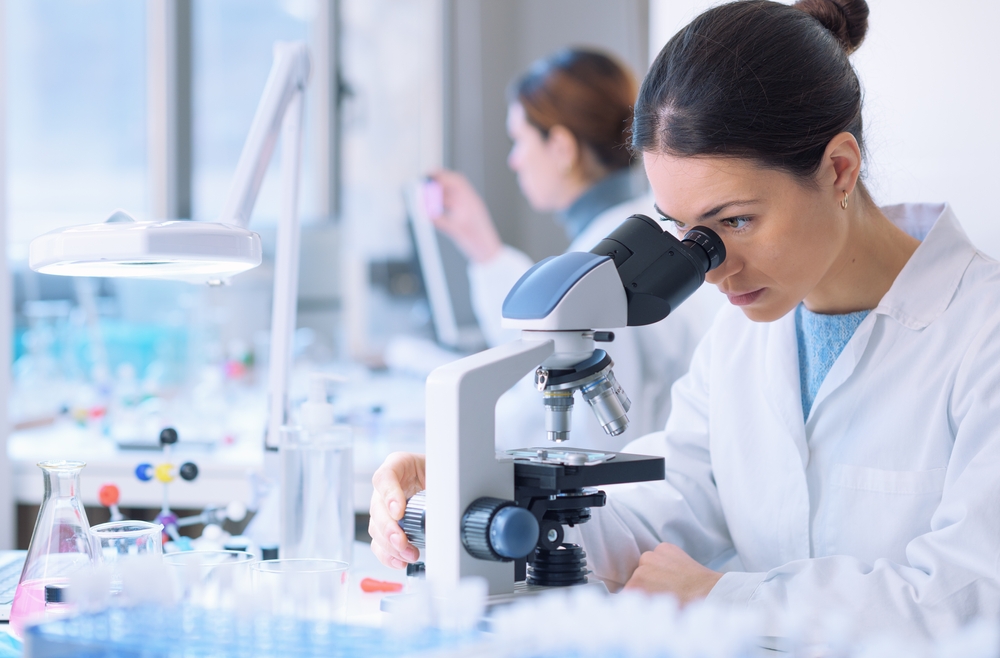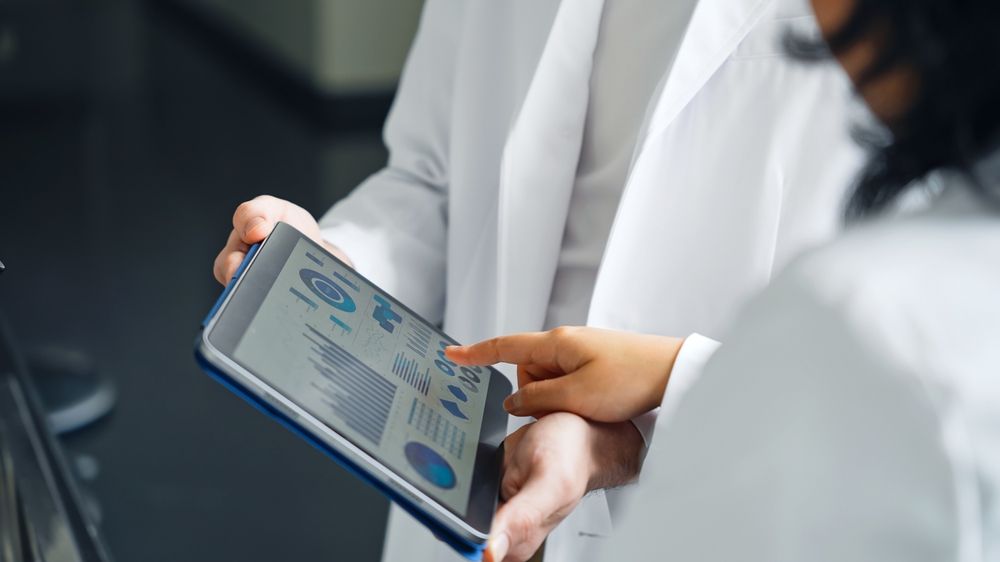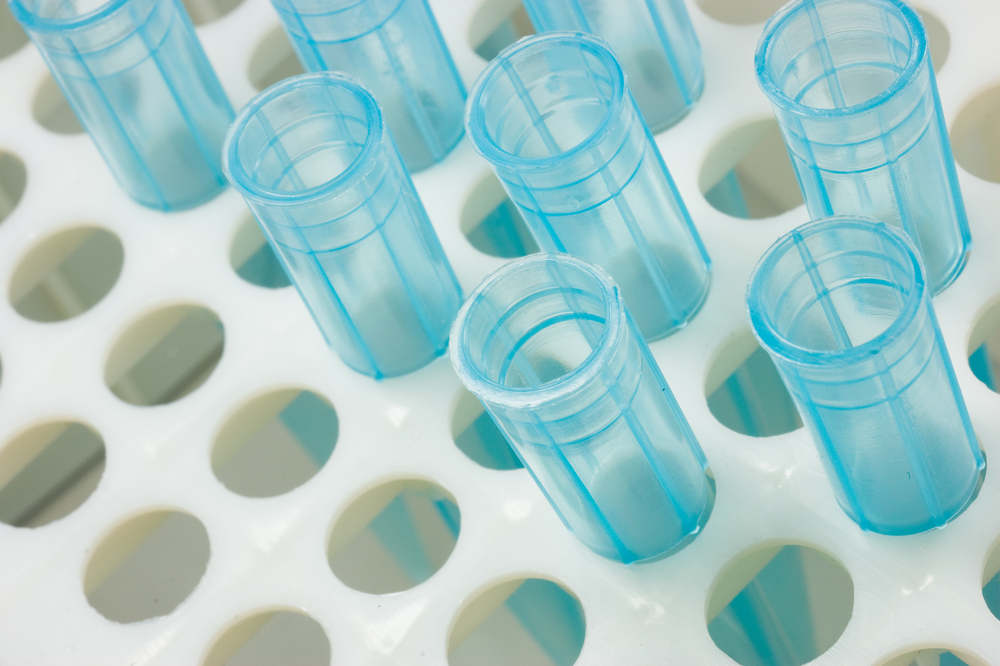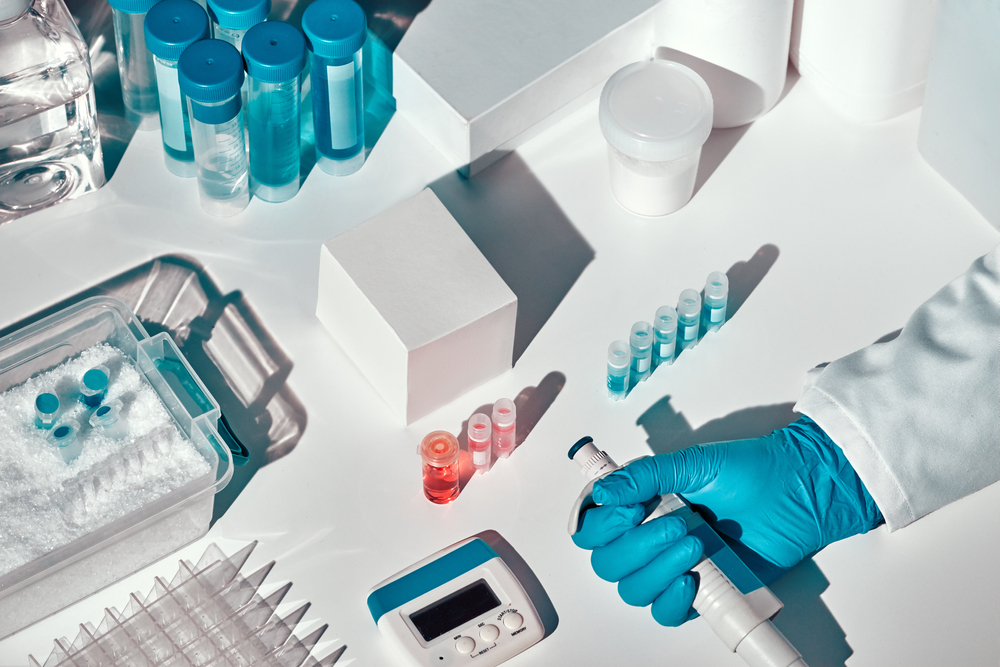Medical devices are fundamental to modern healthcare, providing crucial support for diagnosis, treatment, and patient care. To maximize the effectiveness and safety of these tools, healthcare professionals must adopt best practices for their utilization and maintenance. This guide offers strategies for the efficient use and upkeep of medical devices, tailored for doctors and healthcare professionals across various care settings. Acenth, a Clinical Research Organization (CRO), is committed to helping healthcare practitioners navigate the complexities of device management to improve patient outcomes.
Understanding Device Utilization
Effective device utilization starts with a solid understanding of its functions and limitations. To achieve safe and consistent use, healthcare providers should consider the following aspects:
- Training and Certification: Ensure that all providers using the device are thoroughly trained and, when appropriate, certified. This may include manufacturer-led training, workshops, or continuing education programs. Proper training reduces the risk of errors and ensures the device is used to its full potential.
- Adherence to Manufacturer Guidelines: Every device comes with specific instructions for use, covering aspects from setup to operation and safety. Following these instructions closely is critical to prevent misuse and ensure both patient and operator safety.
- Routine Skill Assessments: Healthcare providers should periodically assess their skills with each device to confirm continued competence. Regular assessments help identify knowledge gaps, enabling refresher training to maintain high standards of care.
- Documentation and Reporting: Keeping detailed records of device usage, any operational issues, and adverse events is essential. This documentation helps identify recurring problems, aids maintenance efforts, and provides critical data for investigations if an issue arises.
The Importance of Routine Maintenance
Maintenance is key to ensuring that medical devices remain safe, reliable, and effective over time. This can be divided into two primary categories: preventive and corrective maintenance.
Preventive Maintenance
Preventive maintenance is a proactive approach that involves regular servicing to minimize the risk of device failure. It includes:
- Calibration Checks: Regular calibration ensures devices provide accurate readings, especially for diagnostic tools. The frequency of calibration may vary depending on usage patterns and device requirements, but it is often conducted every six months or annually.
- Battery and Power Source Checks: Power sources, including batteries in portable devices, need regular inspection to avoid unexpected failures. Timely replacement of aging batteries prevents downtime and ensures reliable performance during critical procedures.
- Software Updates: Many modern medical devices operate on software platforms. Regular updates ensure compatibility with other systems and provide security patches to protect sensitive patient information. Keeping devices updated helps maintain functionality and security.
Corrective Maintenance
Corrective maintenance involves repairing devices when issues arise, which can be minimized through preventive practices but may still be necessary. Critical steps in corrective maintenance include:
- Timely Repairs: Any signs of malfunction, such as inconsistent performance or unusual noises, should be addressed immediately to prevent further issues and ensure patient safety.
- Using Manufacturer-Approved Parts: When repairs are needed, it is essential to use parts recommended or supplied by the manufacturer. Using incompatible or non-approved parts can compromise device functionality and safety.
- Post-Repair Testing: After repairs, testing ensures the device operates as expected. This testing should reflect real-world usage scenarios to validate the device’s functionality under typical conditions.
Best Practices for Medical Device Cleaning and Sterilization
Cleaning and sterilization are essential for infection control and device longevity. Depending on the type of device, best practices for cleaning and sterilization may include:
- Following Manufacturer’s Cleaning Instructions: Different device materials may require specific cleaning agents. Following the manufacturer’s recommendations ensures that cleaning does not damage the device and maintains its performance.
- Appropriate Sterilization Techniques: Devices that come into contact with patients, such as surgical instruments, often require advanced sterilization methods like autoclaving, ethylene oxide gas, or ultraviolet (UV) treatment. Selecting the appropriate method is critical to eliminate pathogens and avoid damaging device components.
- Dry Storage: After cleaning, devices should be stored in a dry, controlled environment to prevent mold or corrosion. Proper storage conditions protect devices from environmental damage and maintain their readiness for use.
Regulatory Compliance and Record-Keeping
Medical device management involves adhering to regulatory standards to ensure safety, efficacy, and reliability. Best practices include:
- Following Local and International Standards: Healthcare providers must adhere to regulatory standards, which vary depending on the governing bodies. Compliance ensures legal adherence and builds patient trust.
- Regular Audits: Internal audits help identify and address compliance gaps, ensuring all practices align with regulatory requirements. Audits also reinforce strong record-keeping practices.
- Detailed Maintenance Logs: Recording every maintenance activity is essential for quality assurance and compliance. Detailed logs create a history of each device’s maintenance, usage, and any incidents, supporting accountability and efficient device management.
Training Healthcare Professionals in Device Maintenance
Training should encompass not only device operation but also basic maintenance knowledge. A well-informed team can recognize early signs of wear or malfunction, enhancing device reliability. Key training elements include:
- Routine Check Protocols: Healthcare staff should be trained to perform basic checks before and after using a device, including visual inspections, checking for software alerts, and verifying battery levels.
- Emergency Maintenance Protocols: In cases where immediate repair is not feasible, staff should be trained on emergency protocols, such as switching to alternate devices or contacting technical support. These protocols ensure continuous patient care while addressing device issues.
- Ongoing Education Programs: Medical device technology continues to evolve. Ongoing education keeps healthcare professionals informed about the latest device updates and industry standards, enabling them to use devices effectively and safely.
Leveraging Remote Monitoring and Predictive Maintenance Technologies
As medical devices become more advanced, remote monitoring and predictive maintenance are reshaping traditional maintenance practices:
- Remote Diagnostics: Many modern devices now feature remote diagnostic capabilities, allowing for real-time monitoring of performance. Remote diagnostics alert healthcare providers to potential issues before they become critical, enhancing device availability and reliability.
- Predictive Maintenance with IoT and AI: The integration of Internet of Things (IoT) and artificial intelligence (AI) enables predictive maintenance. By analyzing performance data, predictive maintenance can forecast when devices need servicing, minimizing unplanned downtime and optimizing patient care.
Sustaining Medical Device Performance Across Different Environments
Healthcare facilities vary in environmental factors, power standards, and usage conditions. To sustain optimal performance across diverse settings, healthcare providers can:
- Adapt to Local Conditions: Differences in power standards, temperature, and humidity require tailored settings and storage practices to avoid damage. Ensuring compatibility with local conditions helps extend device longevity.
- Ensure Compliance with Regulatory Requirements: In settings with varying regulatory standards, maintaining compliance is essential for safety and quality assurance. Working with regulatory consultants or experts can streamline cross-border compliance efforts.
Enhancing Patient Care Through Effective Device Management
Medical devices are invaluable assets in healthcare, and their impact depends on responsible utilization and diligent maintenance. By following these best practices, healthcare professionals can foster reliability, promote patient safety, and optimize device functionality. With continuous attention to training, regulatory compliance, and emerging technologies, healthcare providers can maximize the benefits of medical devices in patient care.
Sources
- Zhang, Y., & Li, Z. (2020). Maintenance of Medical Devices in Hospitals. Journal of Healthcare Engineering.
- Brown, L. M. (2018). Medical Device Maintenance: Best Practices and Challenges. Biomedical Engineering Online.
- Smith, J. A. (2019). Importance of Training in Medical Device Management. Journal of Clinical Engineering.









